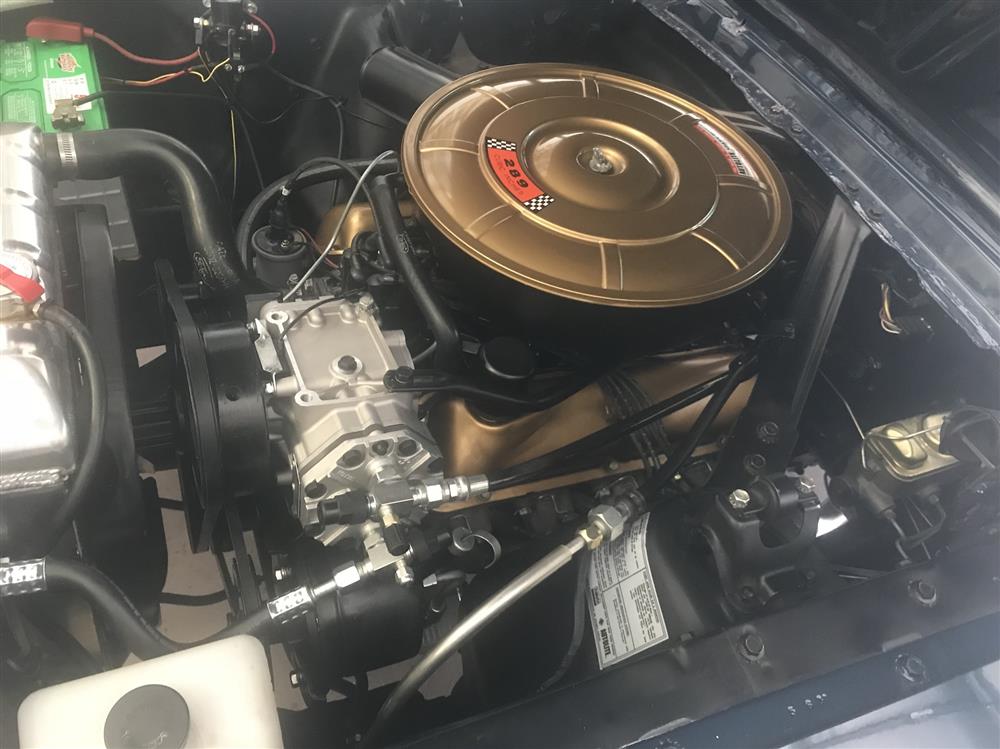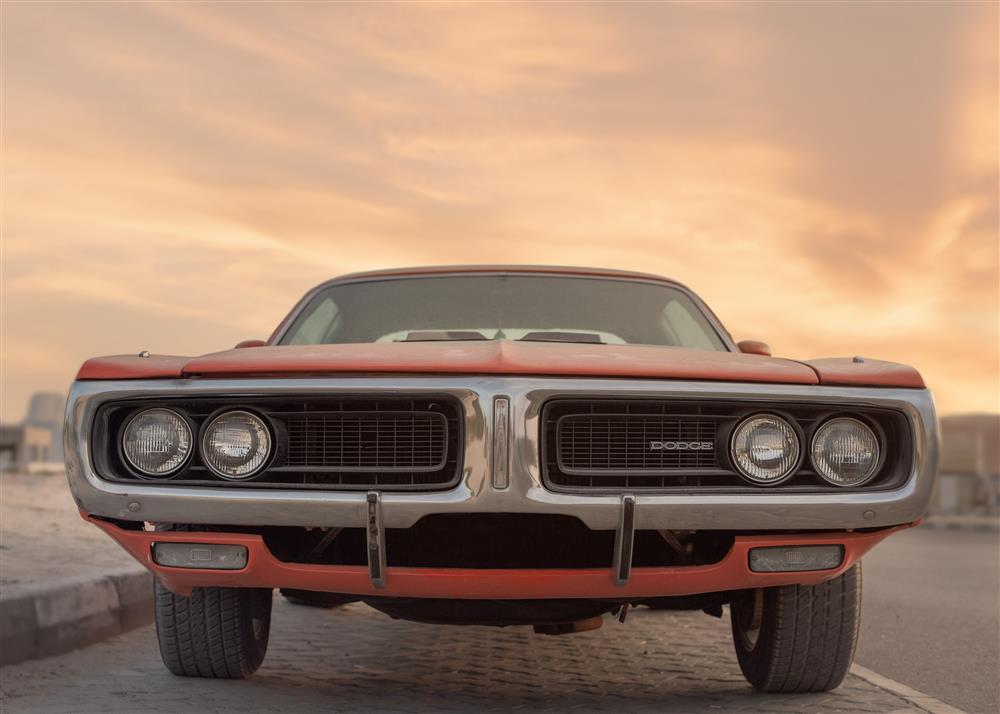Check out the wonderful story from Jim about his 1965 Ford Mustang 289!
1965 Mustang coupe. I am the third owner. I found this car as a barn find in Yucaipa California. It had been sitting since 1978 and was in need of restoration. The car was purchased new in San Bernardino, CA from Garner Ford. It was purchased from the original owner in 1978, blew a head gasket and got parked.
I bought the the car in 2009. All of the original factory equipment was still on the car. Original drive train and all parts were there. The license plate and frame are the original pieces. I have the original titles and registrations showing the history. I have several repair receipts from the original and second owners. There was no rust at all in the car. I completed the restoration in 2014. The car is equipped with the original A/C. Original color was Light Blue with blue interior. The car was completely disassembled for restoration.







